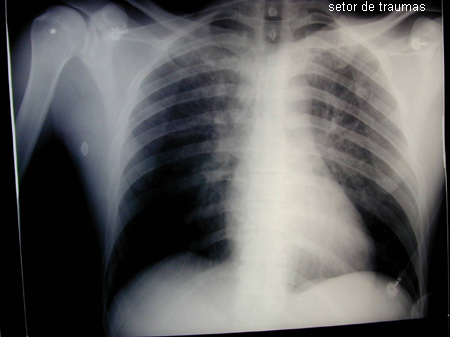Resumo
Definição
História e exame físico
Principais fatores diagnósticos
- presença de fatores de risco
- miose
- bradipneia
- estado mental alterado
- resposta dramática à naloxona
Outros fatores diagnósticos
- marcas de agulha recentes
- objetos próximos associados ao uso de drogas
- redução da motilidade gastrointestinal
- marcas de agulha antigas nos braços ou nas pernas
- estertores pulmonares
- escarro róseo e espumoso
- convulsões
- disritmias
Fatores de risco
- história de opioides prescritos
- transtorno e dependência relacionados ao uso de opioides
- abstinência recente em usuários crônicos
- tomar opioides por injeção
Investigações diagnósticas
Primeiras investigações a serem solicitadas
- tentativa terapêutica com naloxona
- eletrocardiograma (ECG)
Investigações a serem consideradas
- radiografia torácica
- tomografia computadorizada (TC) abdominal
- radiografia abdominal
- triagem de opioides na urina
- cromatografia gasosa acoplada à espectrometria de massa
Algoritmo de tratamento
sem pacotes de substância retidos
com pacotes de substância retidos
Colaboradores
Autores
Ruben Thanacoody, MD, FRCP, FRCP(Edin), FEAPCCT
Consultant Physician and Clinical Toxicologist
Director, National Poisons Information Service (Newcastle)
Honorary Clinical Senior Lecturer, Newcastle University
Newcastle-upon-Tyne
UK
Declarações
RT declares that he has no competing interests. RT is an author of a reference cited in this topic.
Agradecimentos
Dr Ruben Thanacoody would like to gratefully acknowledge Dr Dean Olsen, a previous contributor to this topic.
Declarações
DO declares that he has no competing interests.
Revisores
Joseph Donroe, null
Associate Professor of Medicine
Yale School of Medicine
New Haven
CO
Declarações
JD declares that he has no competing interests.
Anne-Maree Kelley, MD, MClinEd, FACEM
Director
Joseph Epstein Centre for Emergency Medicine Research
Western Health Sunshine Hospital
St Albans
Australia
Disclosures
AMK has received grant funding for research into intranasal delivery of naloxone in heroin overdose.
Peer reviewer acknowledgements
BMJ Best Practice topics are updated on a rolling basis in line with developments in evidence and guidance. The peer reviewers listed here have reviewed the content at least once during the history of the topic.
Disclosures
Peer reviewer affiliations and disclosures pertain to the time of the review.
References
Key articles
Dowell D, Ragan KR, Jones CM, et al. CDC clinical practice guideline for prescribing opioids for pain - United States, 2022. MMWR Recomm Rep. 2022 Nov 4;71(3):1-95.Full text Abstract
Dezfulian C, Orkin AM, Maron BA, et al. Opioid-associated out-of-hospital cardiac arrest: distinctive clinical features and implications for health care and public responses: a scientific statement from the American Heart Association. Circulation. 2021 Apr 20;143(16):e836-70.Full text Abstract
Resuscitation Council UK. 2021 resuscitation guidelines. 2021 [internet publication].Full text
Williams K, Lang ES, Panchal AR, et al. Evidence-based guidelines for EMS administration of naloxone. Prehosp Emerg Care. 2019 Nov-Dec;23(6):749-63.Full text Abstract
Lavonas EJ, Akpunonu PD, Arens AM, et al. 2023 American Heart Association focused update on the management of patients with cardiac arrest or life-threatening toxicity due to poisoning: an update to the American Heart Association guidelines for cardiopulmonary resuscitation and emergency cardiovascular care. Circulation. 2023 Oct 17;148(16):e149-84.Full text Abstract
Reference articles
A full list of sources referenced in this topic is available to users with access to all of BMJ Best Practice.

Differentials
- Superdosagem de gama-hidroxibutirato (GHB)/gama-butirolactona (GBL)
- Superdosagem de clonidina/imidazolinas
- Superdosagem de antipsicóticos
More DifferentialsGuidelines
- Joint RCEM and NPIS best practice guideline: assessment and management of acute opioid toxicity in adults in the emergency department
- 2023 American Heart Association focused update on the management of patients with cardiac arrest or life-threatening toxicity due to poisoning: an update to the American Heart Association guidelines for cardiopulmonary resuscitation and emergency cardiovascular care
More GuidelinesLog in or subscribe to access all of BMJ Best Practice
Use of this content is subject to our disclaimer